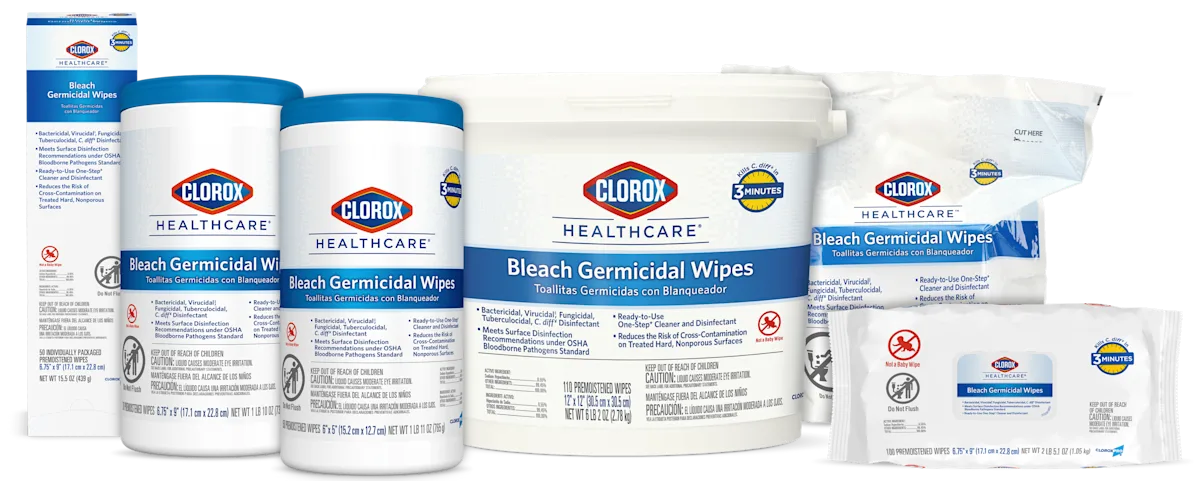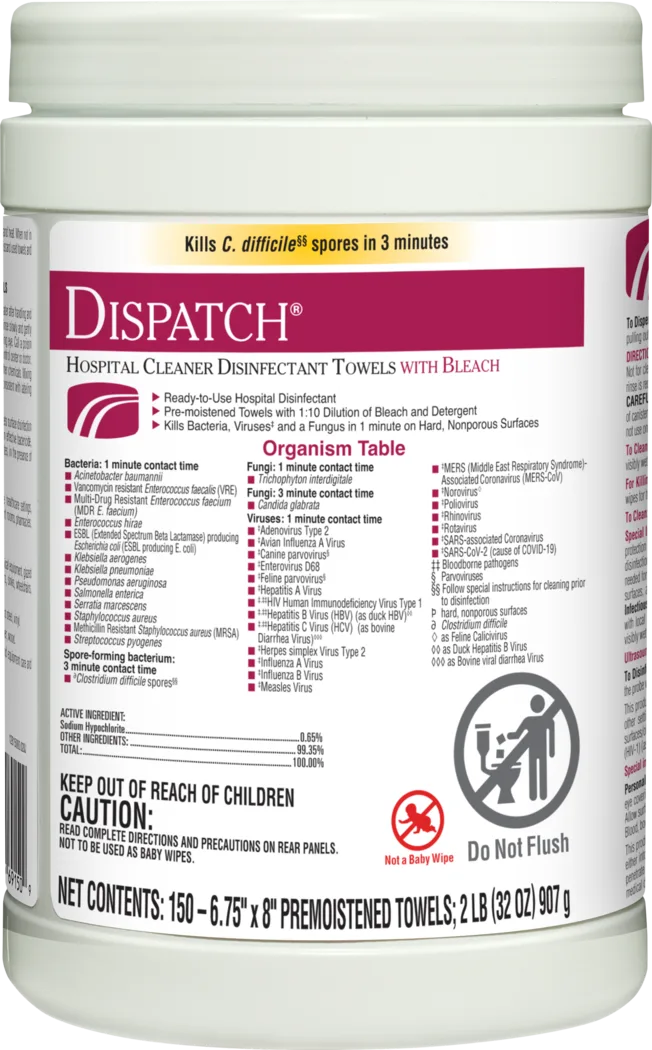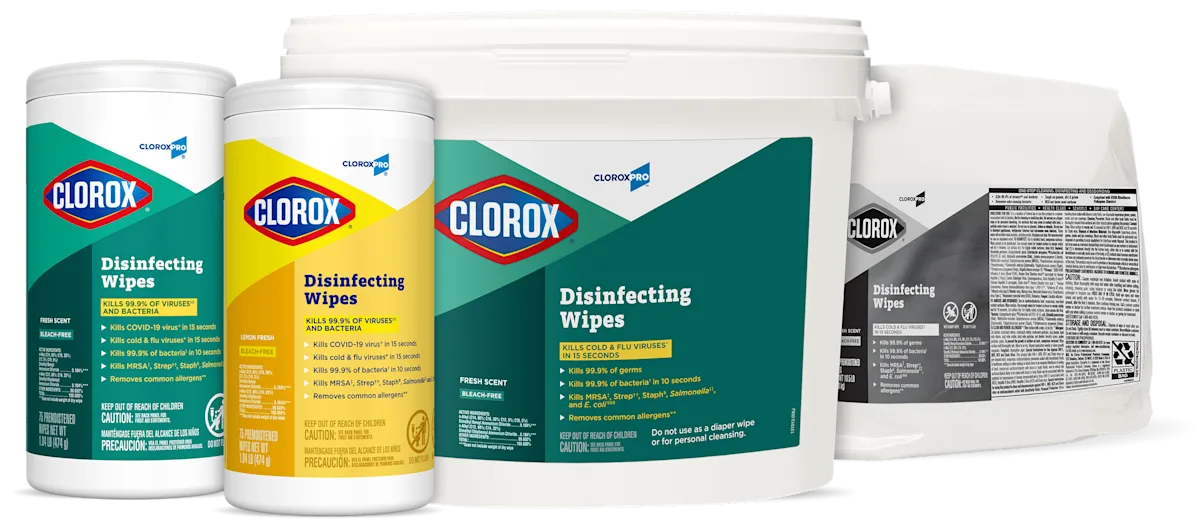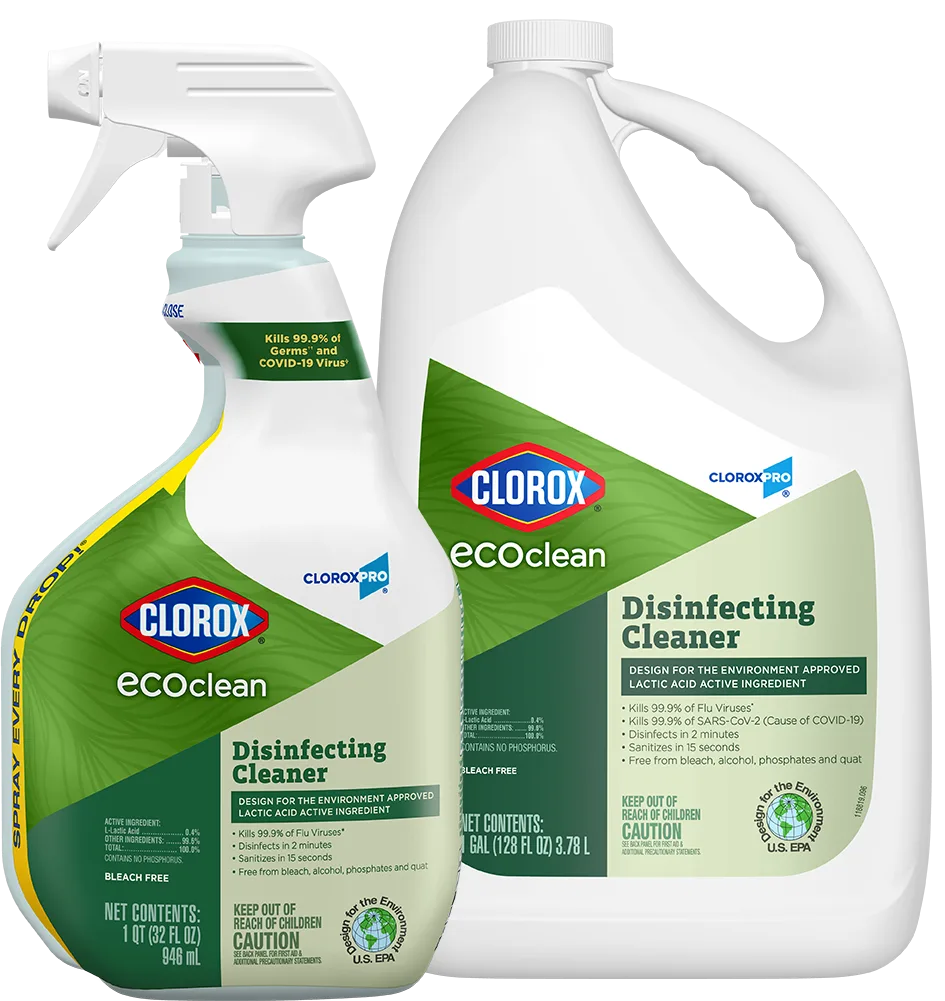Understanding Measles (Rubeola)
What Is Measles?
Measles, also known as Rubeola, is an acute viral respiratory illness. It is one of the most contagious human diseases—up to 90% of people exposed who are not immune or vaccinated will become infected.1 It can lead to severe complications and death. Measles is spread through the air when an infected person breathes, coughs or sneezes. Less commonly, the measles virus can be spread from contact with contaminated surfaces and then touching eyes, nose or mouth. Measles infects the respiratory tract and then spreads throughout the body. Symptoms include high fever, cough, red watery eyes, runny nose and a rash that starts on the face and spreads downward all over the body. Measles can affect anyone but is most common in children. Most cases in the U.S. occur among people who are not vaccinated against measles. Vaccination is the best way to prevent measles and spreading it to others.
Measles Symptoms
Measles symptoms can include:
- Fever (as high as 105°F)
- Malaise
- Cough
- Runny nose
- Red, watery eyes
- Rash
Tiny white spots inside of the mouth called Koplik spots can also appear two to three days after symptom onset.2
A measles rash will appear 3 to 5 days after symptom onset. It usually begins on the face as flat, red spots and spreads downward to the body and also becomes small, raised bumps. During this time, fever can exceed 105° Fahrenheit.
Other common health complications that can arise from measles include pneumonia, ear infection and diarrhea.
Incubation Period and Duration of Illness
After exposure, the incubation period between when the measles infection starts and symptom onset ranges from 7 to 14 days.3 The duration of illness is typically 2 to 3 weeks, with symptoms progressing over the different stages of illness. The contagious period is from 4 days before to 4 days after rash onset.
Who Is At Risk?
Although anyone can get measles, there are many risk factors that make people more susceptible to infection. The best way to prevent measles is vaccination. According to the CDC, 2 doses of the measles-mumps-rubella (MMR) vaccine is 97% effective at preventing measles infection.3 Those most at risk of complications from infection include:
- Infants and children aged <5 years
- Adults aged >20 years
- Pregnant women
- People with weakened immune systems, such as from leukemia and HIV infection
- Measles is so contagious that up to 9 in 10 susceptible people exposed will develop measles
One in 5 cases will require hospitalization, and 1 in 1,000 cases will develop encephalitis (a brain infection) which can result in permanent brain damage. Young children are at high risk of developing severe complications and between 1 and 3 in 1,000 pediatric cases will die.3
The Burden of Measles
In 2000, the U.S. was declared to be measles free. This status is earned when a country does not have continuous disease spread for a minimum of 12 continuous months.
How Measles Spreads
Airborne, Direct Contact with Infectious Droplets
As a highly contagious respiratory virus, measles is easily transmitted directly from person to person. People can be contagious without appearing sick. Transmission occurs when a sick infected person talks, coughs, sneezes or breathes out. Infectious droplets can remain suspended in the air and infectious for up to 2 hours, even if the sick person is no longer in the room.3
Surfaces and Indirect Contact
While not the primary route of transmission, measles can be spread by contaminated surfaces. This occurs when infected respiratory droplets settle on them or when someone who is sick touches them. This indirect mode of transmission can cause illness if the eyes, nose or mouth are touched after coming into contact with the contaminated surface. High-touch surfaces, including counters, doorknobs and light switches, should be frequently cleaned and disinfected to reduce the risk of transmission.
Preventing the Spread of Measles
Hand Hygiene
As with other contagious diseases, it is important to practice proper hand hygiene when interacting with people who are sick with measles or contaminated surfaces. Perform frequent hand hygiene by thoroughly washing hands with soap and water or using an alcohol-based hand sanitizer containing at least 60% alcohol. If hands are visibly soiled, wash with soap and water for at least 20 seconds.
Vaccination
Vaccination remains the best way to prevent measles infection. Two doses of the MMR vaccine are 97% effective at preventing measles and can provide long-term (up to lifelong) protection.
Cleaning and Disinfecting Surfaces
Follow standard cleaning and disinfection procedures using an EPA-registered disinfectant effective against the measles virus. Adhere to the directions for use on the disinfectant label, including the stated contact time. Pay special attention to frequently touched surfaces such as toys, doorknobs, tables, and counters. Allow time for sufficient air exchanges to remove infectious virus particles before entering to clean.
CloroxPro Products Effective Against Measles
A number of CloroxPro products are EPA-registered to kill the measles virus on hard, nonporous surfaces. Use these for daily cleaning and disinfection to reduce the risk of transmission of measles.
| Healthcare Disinfectants for use against Measles | Product image | EPA Reg. No. | Measles contact time |
|---|---|---|---|
| Clorox Healthcare Bleach Germicidal Wipes Item No. 30577, 6" x 5" 150 ct. Canister, 6/case Item No. 35309, 6.75" x 9" 70 ct. Canister, 6/case Item No. 32621, 6.75" x 9" 100 ct. Softpack, 9/case Item No. 31424, 12" x 12" 50 ct. Carton, 6/case Item No. 30358, 12" x 12" 110 ct. Bucket, 2/case Item No. 30359, 12" x 12" 110 ct. Bucket Refill, 2/case |  | 67619-12 | 1 min |
| Clorox Healthcare Bleach Germicidal Cleaner Item No. 68970, 32 oz. Spray, 6/case Item No. 68978, 128 fl. oz. Refill, 4/case |  | 56392-7 | 1 min |
| Dispatch Wipes Item No. 69150, 6.75" x 8" 150 ct. Canister, 8/case |  | 56392-8 | 1 min |
| Clorox Healthcare Fuzion Cleaner Disinfectant Item No. 31478, 32 fl. oz. Spray, 9/case |  | 67619-30 | 1 min |
| Clorox Healthcare Spore10 Defense Cleaner Disinfectant Item No. 32122 128 fl. oz. for Sprayer Devices, 4/case Item No. 32409, 128 fl. oz., 4/case |  | 67619-40 | 1 min |
| Clorox Healthcare VersaSure Cleaner Disinfectant Wipes Item No. 31757, 6.75" x 8" 85 ct. Canister, 6/case, Item No. 31758, 6" x 5" 150 ct. Canister, 6/case Item No. 31759, 12" x 12" 110 ct. Bucket, 2/case Item No. 31761, 12" x 12" 110 ct. Bucket Refill, 2/case |  | 56392-7 | 30 sec |
| Professional Disinfectants for use against Measles | Product image | EPA Reg. No. | Measles contact time |
|---|---|---|---|
| Clorox Germicidal Bleach Item No. 30966, 121 fl. oz. Bottle, 3/case |  | 67619-32 | 5 min |
| Clorox Clean-Up Disinfectant Cleaner with Bleach Item No. 35417, 32 fl. oz. Spray, 9/case Item No. 35420, 128 fl. oz. Refill, 4/case |  | 67619-17 | 30 sec |
| Clorox Disinfecting Wipes Item No. 15949, 75 ct. Canister, 6/case, Fresh Scent Item No. 15948, 75 ct. Canister, 6/case, Lemon Scent Item No. 31547, 700 ct. Bucket, 1/case, Fresh Scent Item No. 31428, 700 ct. Bucket Refill, 2/case, Fresh Scent |  | 67619-12 | 15 sec |
| Clorox EcoClean Disinfecting Cleaner and Refill Item No. 60213, 32 fl. oz. Spray, 9/case Item No. 60094, 128 fl. oz. refill, 4/case |  | 67619-45 | 30 sec |
| Clorox EcoClean Disinfecting Wipes Item No. 60605, 7" x 8" 75 ct. Canister, 6/case |  | 67619-48 | 5 min |
Other Resources
Educational Resources
Blog Posts
References
- Measles. (2024, May 29). Centers for Disease Control and Prevention. https://www.cdc.gov/measles/about/index.html (Accessed August 12, 2025).
- Measles symptoms and complications. (2024, May 9). CDC. https://www.cdc.gov/measles/signs-symptoms/index.html (Accessed August 12, 2025).
- Clinical Overview of Measles. (2024, May 10). CDC. https://www.cdc.gov/measles/hcp/clinical-overview/index.html (Accessed August 12, 2025).
- Laboratory Testing for Measles. (2024, May 24). CDC. https://www.cdc.gov/measles/php/laboratories/index.html (Accessed August 12, 2025).
- Worden, L., Ackley, S. F., Zipprich, J., Harriman, K., Enanoria, W. T. A., Wannier, R., & Porco, T. C. (2019). Measles transmission during a large outbreak in California. Epidemics, 30, 100375. https://doi.org/10.1016/j.epidem.2019.100375
- Measles cases and outbreaks. (2025, April 25). CDC. https://www.cdc.gov/measles/data-research/index.html (Accessed August 12, 2025).
- Measles Vaccine Recommendations. (2024, September 24). CDC. October 1, 2025)













